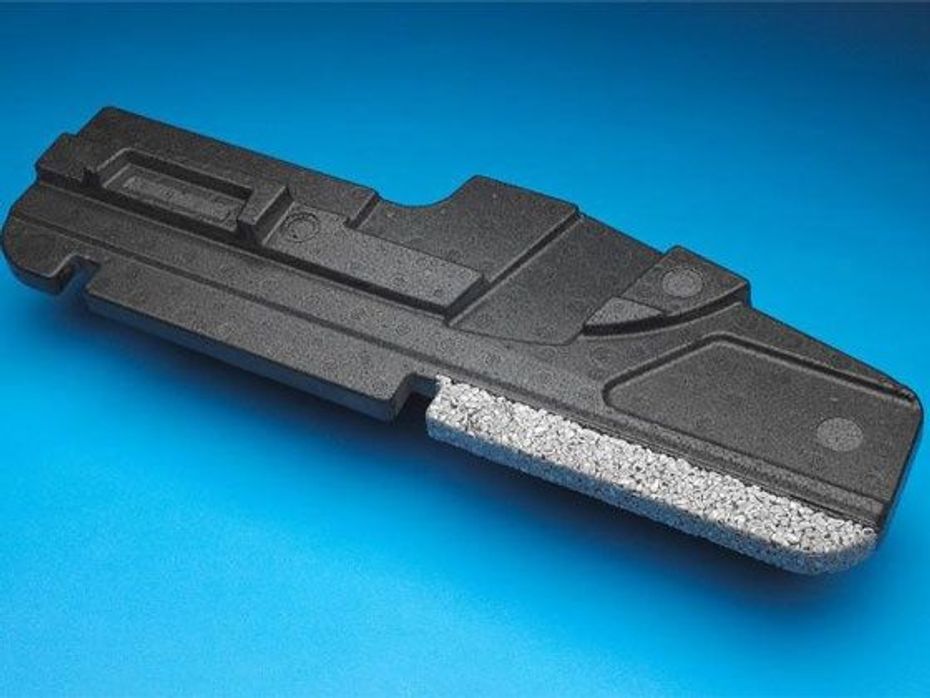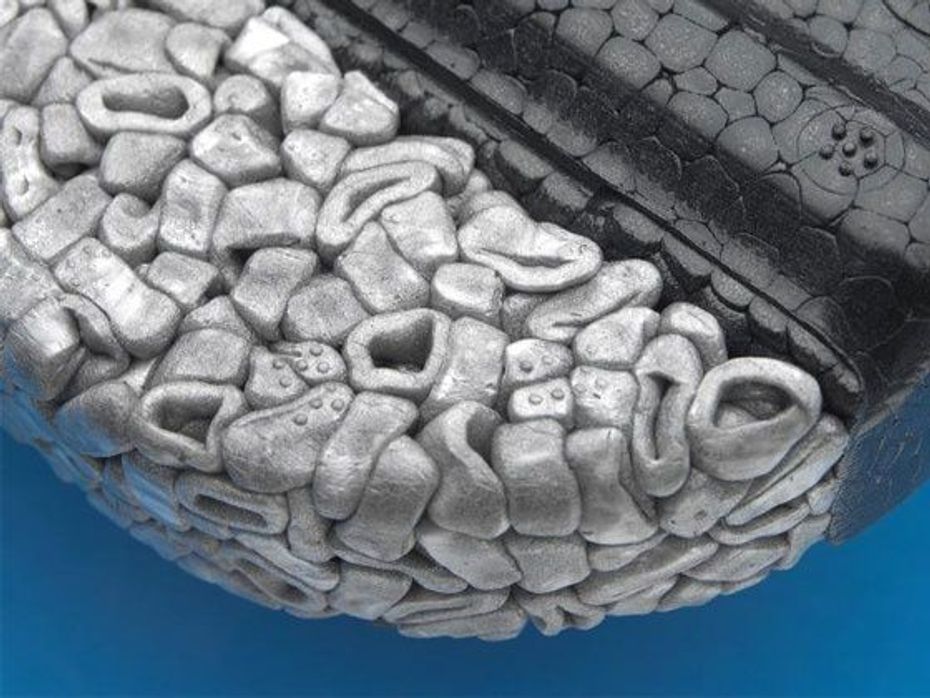
Are Maruti Suzuki’s Strong Hybrid Powertrains The Best Engine...
- Apr 25, 2024
- Views : 22471

The source of noise and vibration in a car arise out of the engine, transmission, tyre contact patch and road surface, brakes, wind noise, and various motors under the bonnet. Vibration and Harshness is the amount of vibration from mechanical components which shake the steering wheel, seats, arm rests, rear view mirrors, the pedals and the floor of the car. Too much vibration will ruin the driving experience of the car and the comfort levels.

Car makers spend a great deal of money to reduce the NVH levels of their cars. The best way of reducing NVH levels of a car can be by reducing the sound at its source by installing a muffler or sound deadening material, the rotating mechanism can be made to operate smoother. Interrupting the source of vibration and noise with barriers to block out noise and isolators can be used to reduce vibrations. Tuned vibration dampers and noise absorbing material can be used to absorb noise and vibration.

Earlier luxury car makers emphasised on lowering NVH levels, in this day and age if a car does not have a decent NVH level it will not be well accepted by a customer. Before you book a new model of a car make sure you drive it to see how well it has been insulated from NVH. Driving a car for long journeys with poor NVH levels can be tiring and irritating.
A material called ARPRO Porous has been found to be able to reduce NVH levels by as much as ten times to that of other materials. The material is very light and does not take much space to be accommodated within the car.

Are Maruti Suzuki’s Strong Hybrid Powertrains The Best Engine...

Mahindra XUV 3XO (XUV300 Facelift) Launched With Significant Design...

3 New Major Design Details Mahindra XUV 3XO Will Pack Over...

Tata Curvv: A Much Clearer Look At Its Interior Ahead Of Its Unveiling

2024 Mahindra XUV 3XO Interior Revealed: Old vs New Compared

Overview In 10 Images: Mahindra XUV 3XO Mid-Spec MX3 Variant

10 New Features Expected In The Upcoming 2024 Mahindra XUV 3XO...

Mahindra XUV 3XO: All Details You Need To Know In 10 Images

5 Features Upcoming 2024 Maruti Suzuki Dzire Is Expected To Get Over...
India's largest automotive community